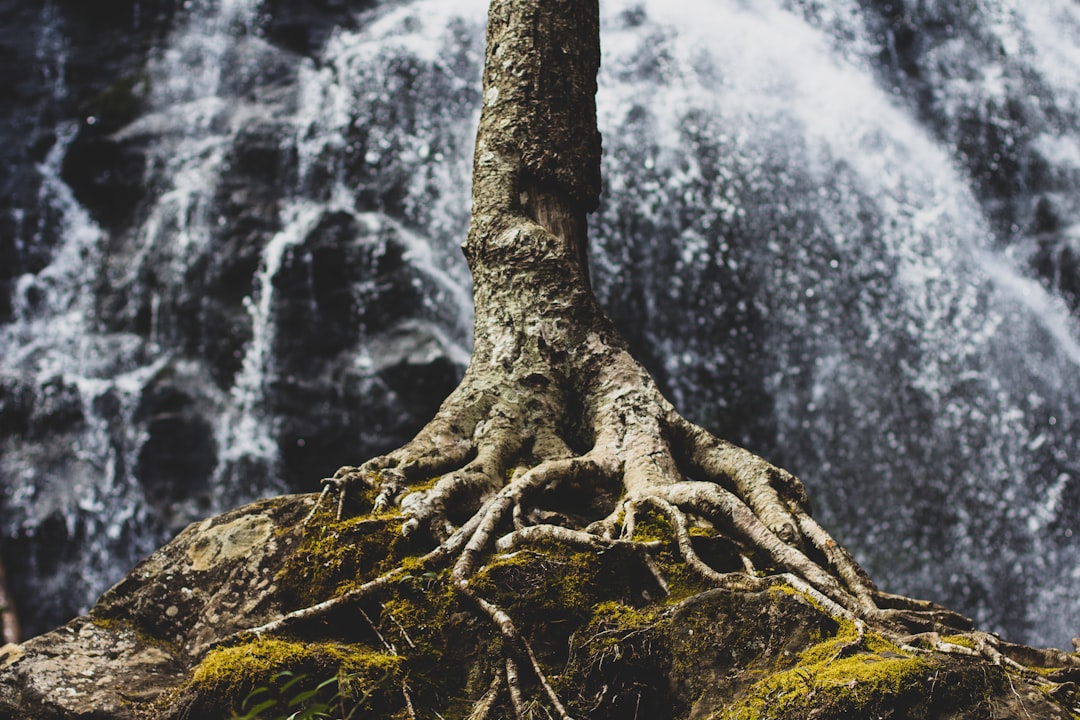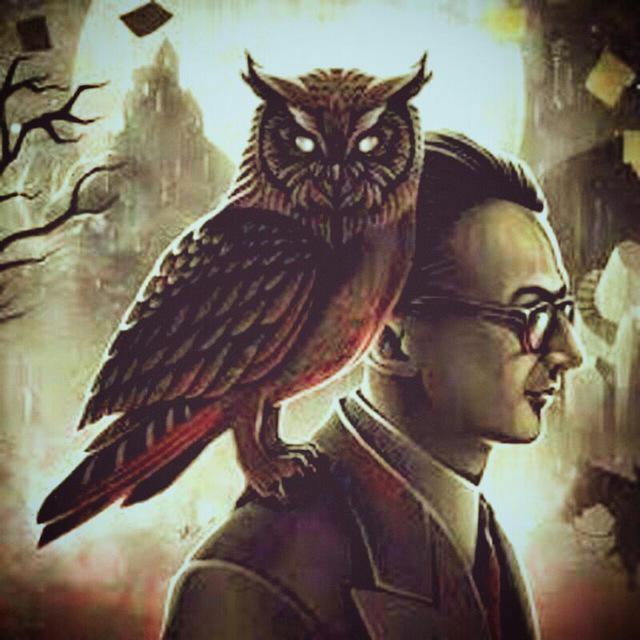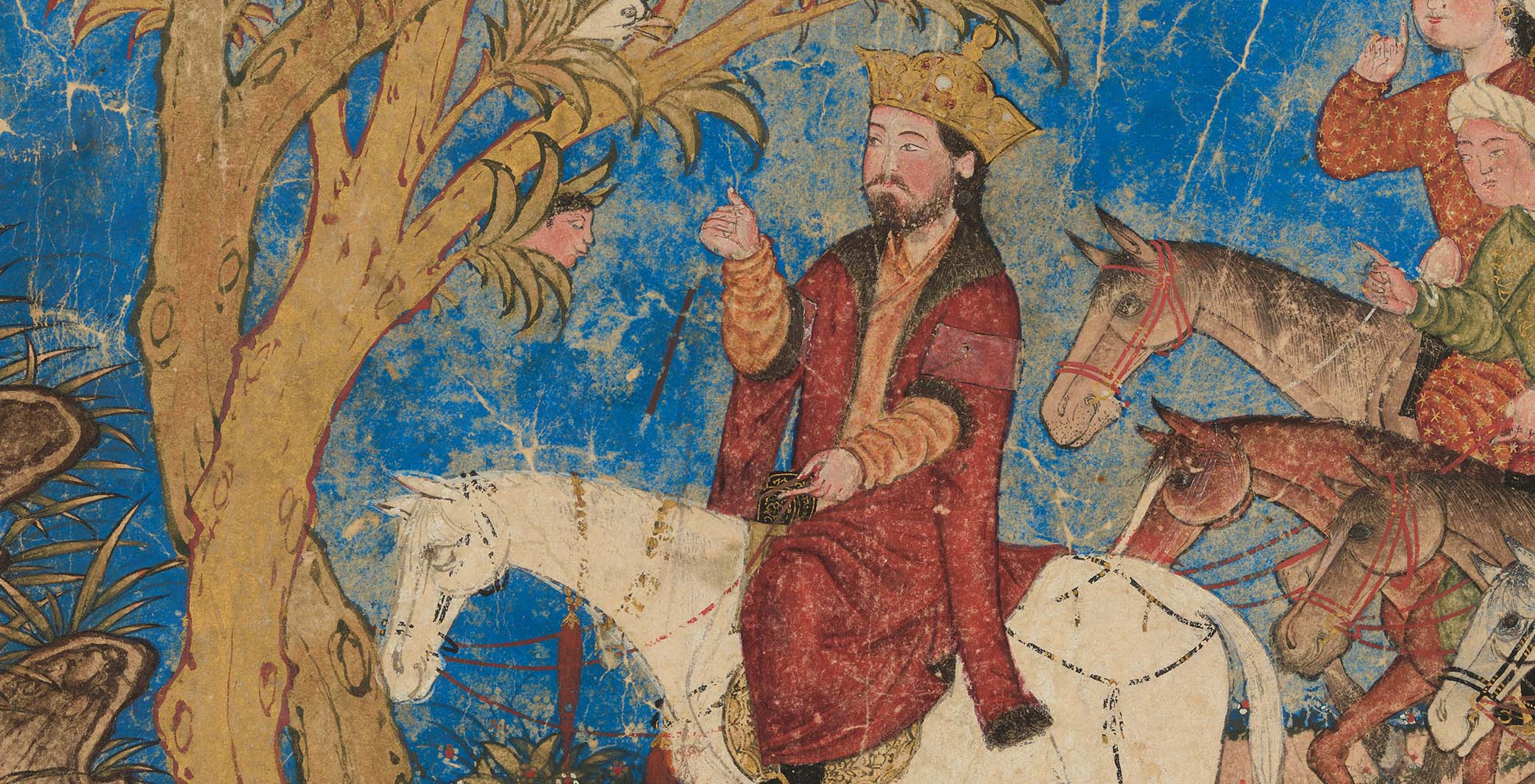Long before ink met paper in the courts of Shiraz and Herat, the land we now know as Iran thrummed with storytellers—wandering minstrels, priestly reciters, and village elders—passing down myths, histories, and wisdom by word of mouth. These oral traditions formed the living bedrock upon which the great written epics and lyric masterpieces of Persian literature would later be built. Join us as we journey from campfires to courtly halls, tracing how ancient tales became immortal verse.
1. The Whispered Words: Persia’s Oral Heritage
A. Tribal Legends and Mythic Memory
-
Pre‑Islamic Tribes: Iran’s many tribes—from the Medes and Persians to the Parthians and Sakas—wove their collective memories into stories of heroic chieftains, divine kings, and cosmic battles.
-
Proto‑Zoroastrian Lore: Priest‑poets recited hymns and moral parables in the early Avestan tongue, transmitting teachings about the eternal struggle of Good (asha) versus Evil (druj).
B. The Minstrel’s Role
-
Gōsān and Paygān: Professional bards (later known as gōsān in Parthian times) traveled from village to village, earning their keep by thrilling audiences with tales of Rostam, Yazdegerd, and supernatural wonders.
-
Living Archive: With few written records, these storytellers functioned as human libraries, memorizing thousands of lines of verse and adapting them to local tastes and current events.
2. From Parchment to Paper: Early Written Forms
A. The Avestan and Pahlavi Manuscripts
-
Codification of the Avesta: Beginning in the Sassanid era (3rd – 7th centuries CE), Zoroastrian priests began writing down the sacred hymns they had long recited—preserving a millennia‑old oral canon.
-
Middle Persian (“Pahlavi”) Texts: Historical chronicles, devotional manuals, and didactic fables also found their way into early manuscripts, though few survive intact today.
B. The Arabic Script and New Persian
-
Islamic Conquest (7th c.): Arabic became the language of administration and scholarship, but Persian survived—with an enriched vocabulary—written now in a modified Arabic script.
-
Revival of Persian Prose and Poetry: By the 9th and 10th centuries, courts in Balkh, Nishapur, and Bukhara under the Samanids championed “New Persian” as a literary language. Works like Rudaki’s qasidas marked a turning point: poetry was no longer only oral, but a refined, written art.
3. Epic Forms Emerge: Daqiqi and Ferdowsi
A. Daqiqi’s Fragmentary Beginnings
-
Balancing History and Legend: Abu Mansur Daqiqi (d. 977 CE) began recasting oral heroic tales into a written masnavi, preserving vanishing lore of the early kings. Though his work survives only in fragments, it provided a template for his successor.
B. Ferdowsi’s Shahnameh: The Written Galaxy of Heroes
-
Three Decades of Labor: Ferdowsi (c. 935–1020 CE) synthesized tribal legends, historical chronicles, and Daqiqi’s verses into nearly 60,000 rhyming couplets—the “Book of Kings.”
-
Cultural Resurrection: By choosing Persian over Arabic, Ferdowsi not only immortalized Iran’s mythical past but also cemented New Persian as a language of high art.
4. Blossoming Traditions: Courtly and Mystical Poetry
A. The Samanid and Ghaznavid Courts
-
Rudaki’s Qasidas: Known as the “Father of Persian Poetry,” he perfected courtly odes that blended praise of patrons with lyrical descriptions of nature.
-
Sanai’s Mystical Masnavi: In the 12th century, Sanai merged Sufi philosophy with poetic narrative, paving the way for Attar and Rumi.
B. The Ghazal and Beyond
-
From Layla to Hafez: What began as erotic or devotional couplets in oral gatherings became the highly crafted ghazal—a form in which poets like Hafez and Saadi could layer earthly romance, social critique, and spiritual longing into four‑line jewels.
5. Why the Oral Roots Matter Today
-
Cultural Continuity: Modern Iranian storytellers still echo ancient phrasing, reminding us that the past lives on in how we speak and imagine.
-
Dynamic Adaptation: Oral traditions taught poets to adapt stories—to regional dialects, new patrons, and evolving beliefs—fostering the flexibility that has kept Persian literature vibrant for over a millennium.
-
Living Literature: In gatherings from Tehrān to Toronto, recitations of the Shahnameh and Rumi’s Masnavi continue to captivate audiences—just as they did when first told around a fire.
Conclusion
The grand epics and lyrical masterpieces of Persian literature stand on the shoulders of countless unseen bards, whose voices once carried legends across deserts and mountains. By tracing the journey from oral tale to written verse, we honor not only the monumental poets—Ferdowsi, Rumi, Hafez—but also the generations of storytellers who forged the stories themselves. In the echo of each recited couplet, the ancient flame of oral tradition still burns bright.





